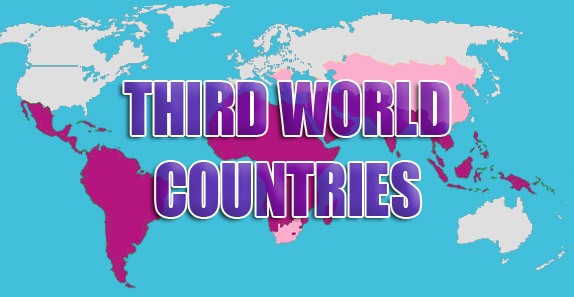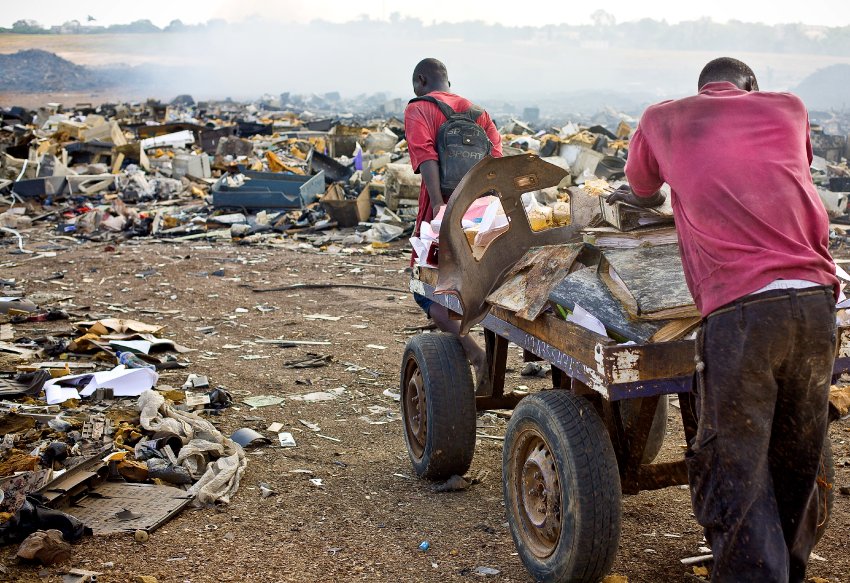Since time immemorial, societies in the third world region have always desired to achieve growth and development to enable them to be like other countries in the developing and the developed world. This desire for growth is seen as the only way the community can improve its standards of living.
Over time, some regions have succeeded while others still continued to languish in problems due to underdevelopment. This is most prevalent in third world countries of Africa. The following make up the top 10 problems of Third World countries:
Problems of Third World Countries
1. Poor Governance
Time and time again we hear of ambitious plans being rolled out to stimulate development in Third World countries. Unfortunately, when it comes to implementing the strategies, the central government becomes either sluggish or has a change of heart midway. In fact, the good pledges are made during election campaigns. Once in power, the manifesto and promises become a thing of the past.
2. Corruption
For many decades, corruption has become a thorn in the flesh of many developing countries. It is viewed as the “Green Eyed Monster” that has totally refused to go away. Looking at the corruption index released by various organizations, developing countries always top the list. Sadly, the vice is becoming the norm in many regions.
3. Political Instability
For any region to achieve growth and development, the ruling authority has to show support. This is usually portrayed as sustaining a viable political environment. This not only attracts foreign investors but also makes the ordinary citizen have more confidence in the government. Unfortunately, Third World countries spend colossal amounts of resources, money and time politicking rather than initiating development programs.

4. Wars
While many developed economies have completely shunned civil wars, third world countries still use them to enhance their political ambitions. Actually, some regions have never experienced peace and harmony for quite a long time. Sadly, Africa tops the list of states that have been affected by civil wars. South Sudan, Central African Republic, Congo, Rwanda, Burundi, and Angola are some of the notable examples.
5. Illiteracy
Good education plays a key role in development. Countries that are already developed achieved growth by making education compulsory. The states also made sure the people in charge were intelligent and competent. However, developing countries are yet to embrace modern education. Many citizens still continue to see it as a western influence. Also, the state seems not to give education the desired attention.
See Also – Teenage Pregnancy In South Africa: 5 Facts You’d Love To Know
Common Problems of Third World Countries
6. Tribalism
Tribalism or ethnicity is quite prevalent in third world countries. This may be blamed on cultural upbringing as well as political division. Tribes will always want to dominate the economy of the country. Therefore, they will plunder wealth and resources for the benefit of their kinsmen. This has led to an unequal distribution of wealth and resources with the popular tribes taking the lion’s share.
7. Disease
Most of the developing and undeveloped countries are in Africa and Asia. Another common characteristic of the two regions is the prevalence of diseases. A lot of time, money and energy have been spent fighting diseases rather than building the economy. The State organs will also use their resources to deal with disease outbreaks. Common diseases include Polio, malaria, yellow fever and HIV (AIDS).
8. Poor Infrastructure
Good infrastructure is what fuels both local as well as foreign investments. Sadly, the infrastructure in third world countries is wanting. In fact, most regions don’t have a reliable road network, lack proper communication systems and also, the transport mechanism is never regulated. This makes it difficult to initiate development in the regions.
9. Hunger and Poverty
Development can only be achieved by involving a healthy society. A population that is well fed and has access to proper medical care will always be willing to work. Regrettably, developing countries are greatly affected by poverty and hunger. Lack of food security and poor health services reduces the efficiency of the population.
10. Overdependence on Foreign Aid
Many Third world countries are still stuck on the notion that in order to grow, they have to rely on foreign donors and aid. Although this is partly true, growth can still be initiated from the local resources. Unfortunately, many leaders are more interested in seeking assistance from foreign entities rather than mobilizing the local people.
Africa as a continent remains one of the most underdeveloped regions in the world. Although governments are always keen on enhancing economic development, most of the countries still lag behind. South Africa is among the exceptional cases. Research shows that poor governance, illiteracy, disease and lack of political will are the major factors hindering development.
